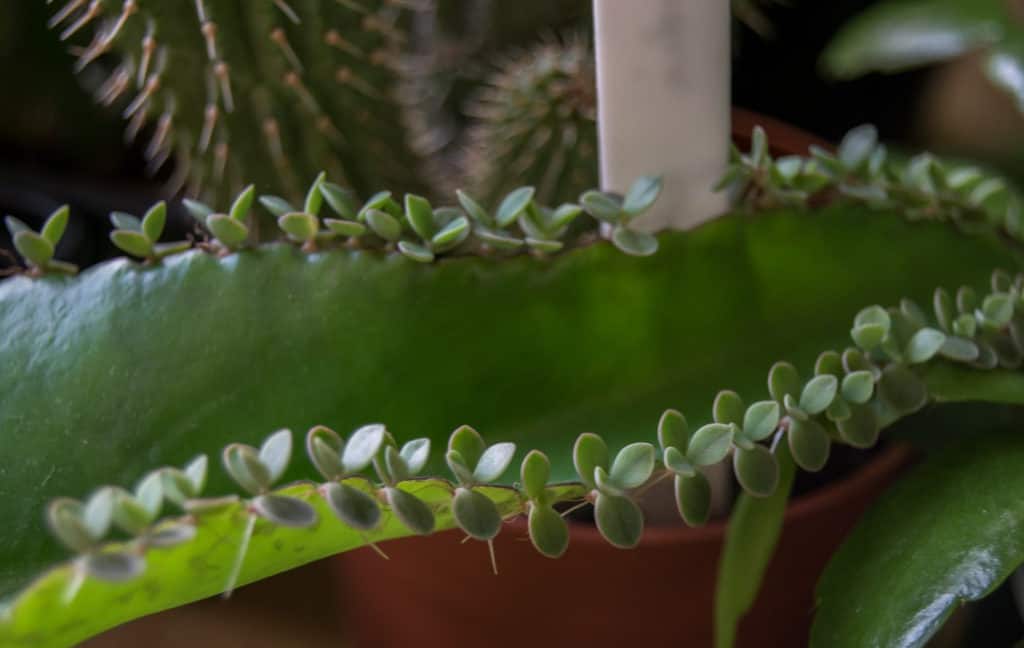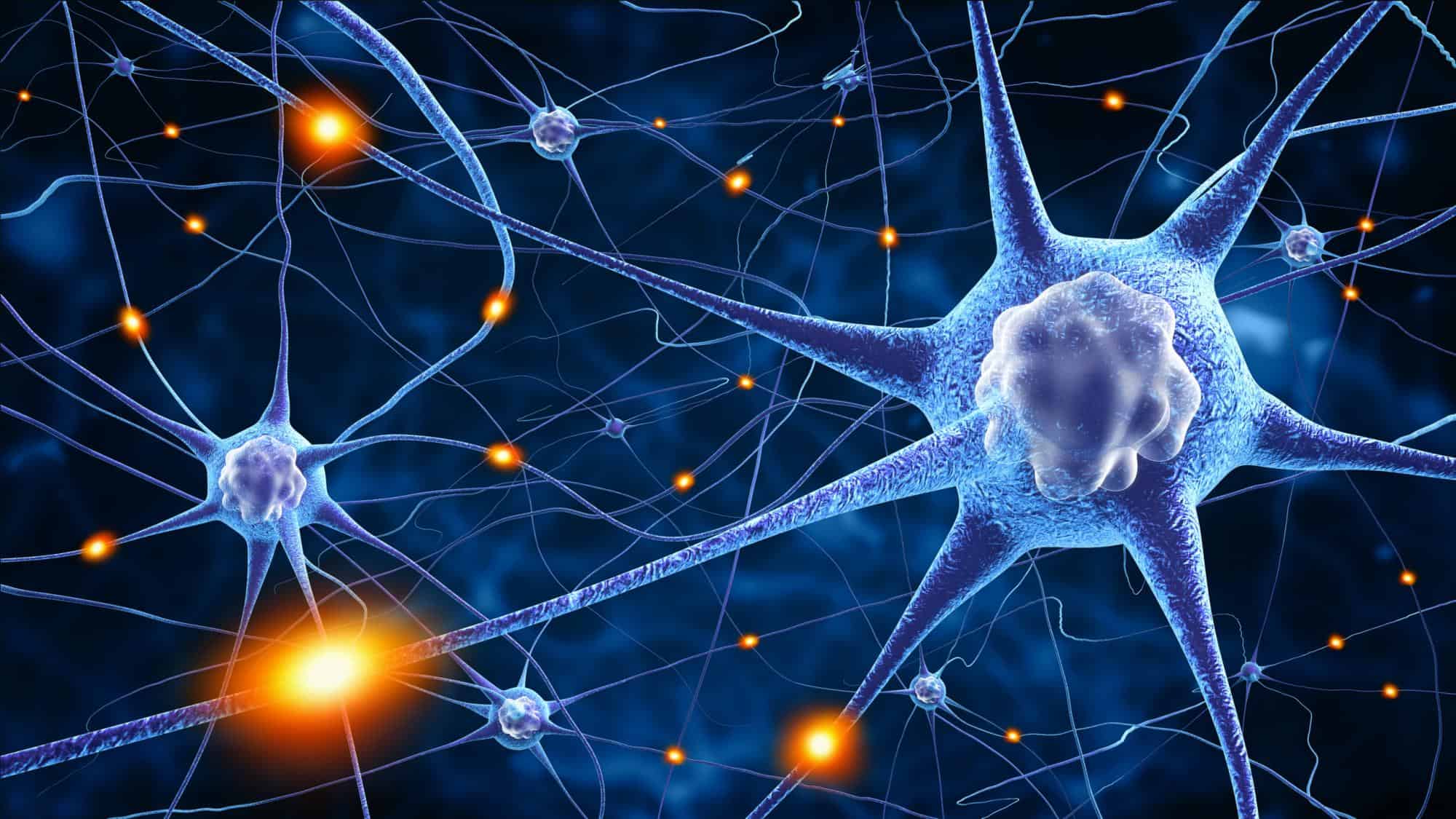Core Practical 7 – From Topic 4 (Biodiversity and Natural Resources)

Aim
To investigate the effect of plant mineral deficiencies on plant growth.
Independent Variable
Minerals present
Dependent Variable
Physical characteristics of the plant
Control Variables
- Volume of mineral solution used – half a test tube will be filled with each
- Same species of the plant – Bryophyllum daigremontianum (Mexican Hat plant) used
- Size of plantlets used – roughly same length plantlet cuttings should be used for each solution
- Amount of light received – all test tubes placed in test tube rack which is positioned on a sunny window sill
- Same amount of time growing – all test tubes should be left for approximately one week before examining plantlets
Equipment
- 5 Mexican Hat plantlets (roughly equal length)
- Ruler
- 5 test tubes
- Test tube rack
- Solution containing all minerals
- Solution containing all minerals except magnesium ions
- Solution containing all minerals except nitrate ions
- Solution containing all minerals except calcium ions
- Solution containing no minerals (distilled water)
- Aluminium foil
Control
Solution containing all minerals acts as positive control and solution containing no minerals (just distilled water) acts as negative control.
Method
- Half fill a test tube with the solution containing all nutrients.
- Cover the top of the tube with aluminium foil and push down on covering so that there is a well in the centre.
- Gently push the roots of Mexican Hat plantlet through the hole so it is in the solution below.
- Repeat steps 1 to 3 with the other 4 solutions.
- Wrap all tubes in aluminium foil and place them in the test tube rack on a sunny window sill.
- Leave plantlets for approximately one week.
- Observe characteristics and growth of the plantlets, comparing each solutions’ effects.
Results
The following results should be observed:
- Solution containing all minerals – full growth and no abnormalities in characteristics.
- Solution containing all minerals except magnesium ions – leaves should appear yellow between veins, with reddish-brown tints. Growth should be stunted.
- Solution containing all minerals except nitrate ions – yellow leaves and stunted growth.
- Solution containing all minerals except calcium ions – growth stunted and may even be shorter than before. Plantlet should be soft and lacking support.
- Solution containing no minerals (distilled water) – no growth should be observed, plant should have died.
Conclusion
The characteristics of each plantlet relates to the function of each mineral ion.
Magnesium ions are used to synthesise chlorophyll molecules for photosynthesis. Therefore, plant lacks green colour and growth is stunted as energy source becomes less efficient. Plants use nitrate ions to build amino acids and proteins/polypeptide chains. Proteins are largely responsible for growth and repair and so growth is reduced. The yellow colour is a result of a lack of chlorophyll molecules due to a lack of proteins/enzymes being made. Finally, calcium ions are used to strengthen cell walls and for membrane permeability. Reduced support from weaker cell walls causes a ‘floppy’ stem. Reduced metabolic activity due to reduced membrane permeability results in stunted growth.
Evaluation Points
- Different volumes of each solution added (random error) – use a measuring cylinder first and measure 100cm³ of each solution
- Microorganisms possibly grew in mineral solution (random error) – heat each mineral solution first and allow to cool before submerging plantlet root into solution
- Insufficient time to see an effect (systematic error) – take pictures of each plantlet every few days for 2 weeks







Leave a Reply